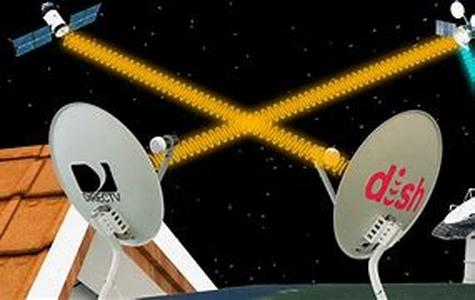
Ever Since Its Creation, Along With Its Modern High-tech Advancement Through The Years, Television Has Definitely Become One Of The Most Influential Forms Of Forces In Time. Through A TV Or Television Set, Which Exists In Almost Every Home All Over The World, Millions Of People Have The Opportunity To Receive Sports, News, And Entertainment. An Average Person Spends About Two To Five Hours Every Day Of Being Glued To The Television.The Daily Habit Of Being Stuck In Front Of The TV May Be Common, But Have You Ever Asked Yourself About The Technology Behind The Great Tube That You Have Gotten To Be Constantly Close With, And What Makes Its Possible For You To View Clear Moving Pictures? Or How You Get Dozens Or Even Hundreds Of Channels At A Click Of A Finger? Well, Maybe Its Time You Get To Know The Television.The Pixels And The BrainThere Are Two Principles That Make It Achievable For You To See Clear Moving Pictures On Your Screen, And The Brain Has A Lot To Say About That. The First Principle Lies Behind The Ability Of The Brain To Reassemble A Collection Of Tiny Colored Dots Called Pixels Into A Meaningful Image. The Second Principle Is The Brains Ability To Reassemble Divisions Of Still Images Or Pictures In Rapid Succession, Into A Moving Scene. Lacking These Two Abilities Of The Brain, TV As We Know It Would Be Impossible.The Cathode Ray TubeNearly All TVs Used These Days Relies On A Cathode Ray Tube (CRT), A Device That Makes It Possible For Display Of Images. The CRTs Are Among Todays Common Methods Of Displaying Images. It Works With An Anode And Cathode, Where The Anode (positive) Magnetizes Electrons (negative) Pouring Off A Cathode. Inside A TVs CRT, Flows Of Electrons Is Focused Through A Focusing Anode Into A Taut Beam, It Is Speeded Up By An Accelerating Node. The High-speed, Tight Beam Electrons Flies Via The Vacuum Inside The Tube, Then Strikes The Flat Screen On The Other Side Of The Tube. The Phosphor Coated Screen Glows When The Beam Hits It.Satellite TV Signals This Device Makes It Possible For The Transmission Of Hundreds Of Channels Into Ones Television. The Antennas Pick Off Encoded Or Unencoded Signals Beamed To Earth From Satellites. They Are Among The Most Common Devices Set For Televisions.So, Now You Have More Or Less An Idea Of How That Big Or Small Tube Sitting On Your Living Rooms Works. Television Is One Of Mans Greatest Inventions, And Knowing A Little About How Theyre Possible Makes People Better Appreciate The Great Technology Of Today.





